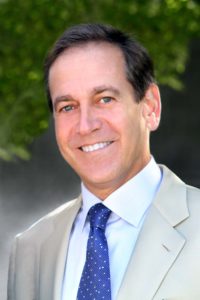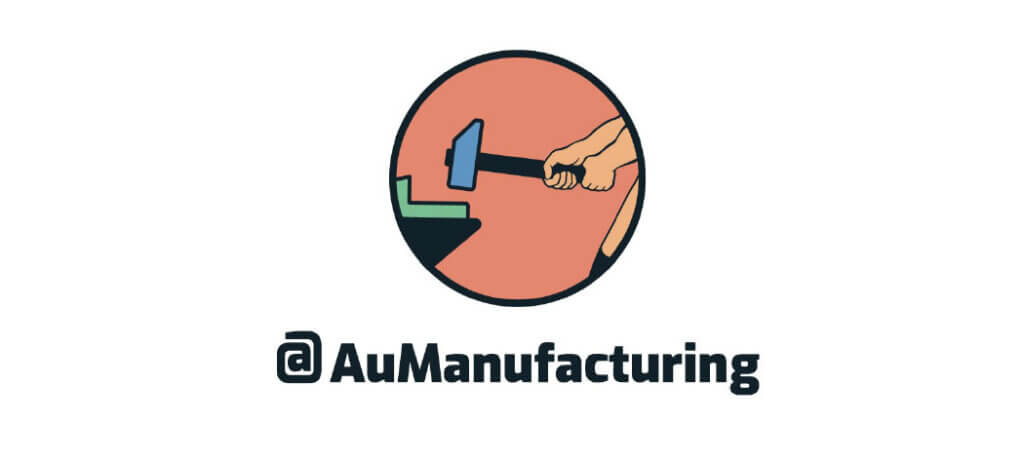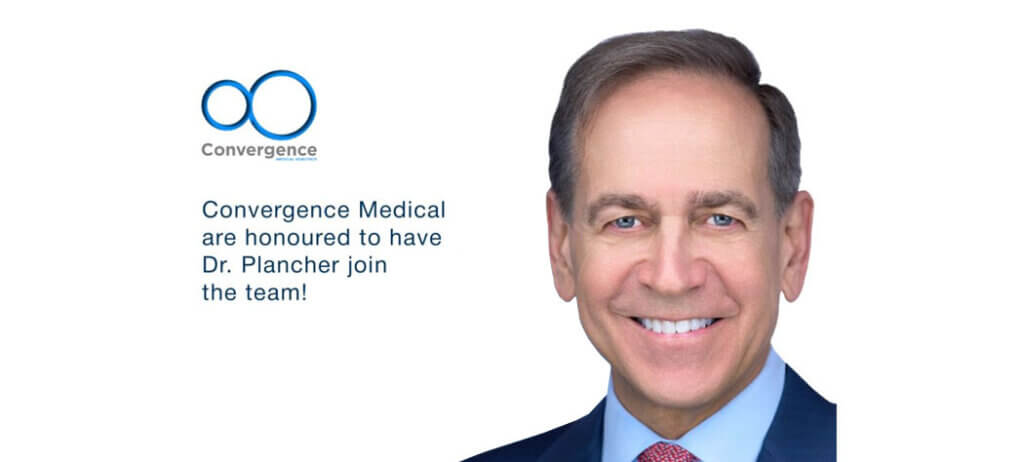Dr. Kevin Plancher Offers Tips to Help Patients with Common Rotator Cuff Injuries.
NEW YORK and GREENWICH, Conn. (PRWEB) April 19, 2018

Shoulder injury? Get “patched up” – literally, says renowned orthopedic surgeon and sports medicine and arthroplasty specialist, Kevin D. Plancher, MD, who is using advanced technology – an all-natural, biologic “patch” about the size of a postage stamp – to repair and heal a certain type of tendon tear in the rotator cuff.
“We find that patients with the patch recover successfully from surgery, and require less time to rehabilitate the injured shoulder, even those patients with diabetes and whom are overweight,” states Dr. Plancher, who founded New York and Connecticut-based Plancher Orthopaedics.
This patch helps resolve partial tears of rotator cuff tendons seen in many pro athletes and “weekend warriors”. It can also help large tears caused by injury or by the degeneration of shoulder tissue due to age,” Dr. Plancher says.
Developed by Rotation Medical, Inc., now distributed by Smith & Nephew, it is a “bio-inductive implant.” The patch is composed of collagen fibers from the Achilles tendons of bovine animals, including cows and sheep. Applied to the injured tendon arthroscopically with special instruments, the patch appears to foster new tissue growth that thickens and strengthens the tendon. Eventually, the implant “dissolves” and is absorbed by the body. The federal Food and Drug Administration cleared the way for the implant’s use in 2014.
Researchers are hoping this implant will be the “breakthrough” in rotator cuff repair, Dr. Plancher says. Initial clinical data involving 200 patients and presented at the May 2017 meeting of the Arthroscopy Association of North America indicated that use of the patch resulted in statistically significant improvement in overall shoulder function and pain following surgery. Patch patients generally reported feeling better in the first six months following their procedure than did patients who had undergone more traditional rotator cuff treatments after two years.
“As orthopedic surgeons, we have been searching for a new ‘gold standard’ – that would transform our approach to rotator cuff repair,” Dr. Plancher says. “Most perplexing has been the risk of an injured shoulder tendon re-tearing, actually pulling away from its sutures, in cases of large tears when the tendon has to be affixed to the bone.
Dr. Plancher’s enthusiasm is well founded. Rotator cuff injuries are common with approximately 4 million Americans suffering from a rotator cuff disorder, either due to injury or age, and more than 50 percent of those older than age 60 reportedly have some degree of rotator cuff tear.
The rotator cuff consists of a stabilizing system of four major tendons and muscles that keep the head of the upper arm bone in the shoulder socket, allowing the arm to be raised and rotated. Partial — or complete — tears of these tendons can occur from normal wear over time; repetitive use as occurs in certain sports, such as baseball or tennis, or in occupations like painting or carpentry; and even injury from falls or heavy lifting.
Symptoms of rotator cuff problems include a dull ache in the shoulder, arm weakness, difficulty in lifting or rotating an arm and disturbed sleep. Partial tendon tears, seen in many athletes can affect their careers and can degenerate and often become full thickness tears.
Of course, the best medicine is prevention. To minimize risk of rotator cuff injury, Dr. Plancher advises:
- Exercise regularly to keep muscles strong and flexible in and around the shoulder blades and on the backs of shoulders.
- Warm up muscles before engaging in sports and other vigorous activities.
- Avoid lifting – or trying to catch – large, heavy objects.
- Don’t keep arms raised or out from the side for long periods of time. If you must do so, take breaks and put a cold compress on the stressed shoulder several times daily.
Most importantly, if you have any of the above mentioned symptoms for a prolonged period of time make sure you seek medical attention from a fellowship trained shoulder surgeon.
Kevin D. Plancher, MD, MPH, is a board-certified orthopaedic shoulder surgeon, pioneer of shoulder procedures and the founder of Plancher Orthopaedics.
Plancher Orthopaedics is a comprehensive orthopaedics and sports medicine practice with offices in New York City and Greenwich, CT. http://www.plancherortho.com




 William D. Murrell, MD
William D. Murrell, MD Thomas B. Evely, DO
Thomas B. Evely, DO Clifford Voigt, MD
Clifford Voigt, MD Karthikeyan Chinnakkannu, MD
Karthikeyan Chinnakkannu, MD Max N. Seiter, MD
Max N. Seiter, MD Demetris Delos, MD
Demetris Delos, MD Lauren M. Fabian, MD
Lauren M. Fabian, MD